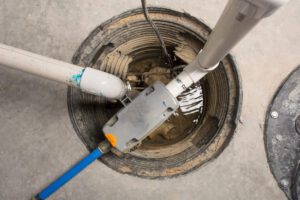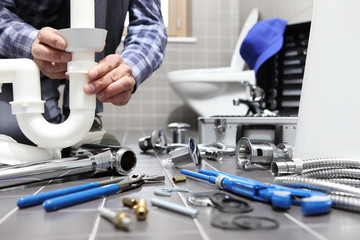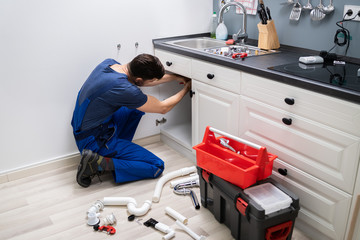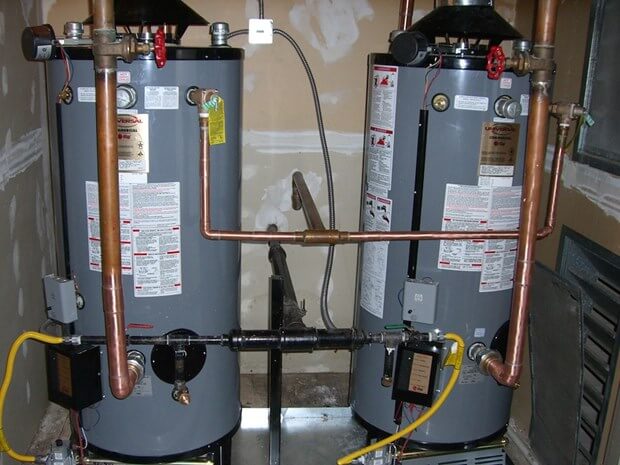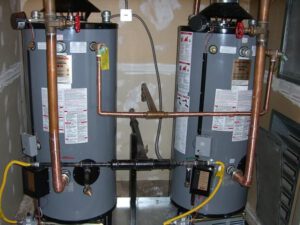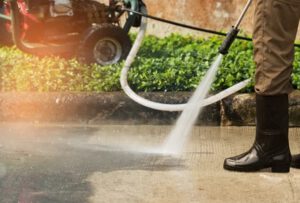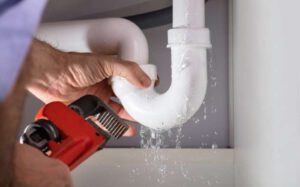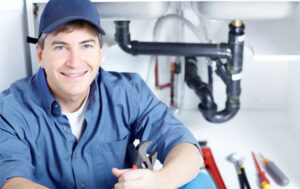Ryan Hildreth claims to make 30k+ monthly from his Cashflow Channels Review. He uses a strategy of outsourcing to overseas contractors.
He says anyone can do this by working at least four hours per day. He also claims that his methods work for anyone, regardless of skill level.

The cashflow channels program teaches you how to make money on YouTube by creating automated channels. This program claims that it will help you make six figures per month without ever having to show your face. It will also help you quit your job and become a millionaire. However, it is important to note that the success of this program depends on your dedication and hard work.
Ryan Hildreth is the founder of this program and has over 300k YouTube subscribers. He has a background in finance and worked as a financial advisor before starting his online business. He is an expert in YouTube marketing and has created several successful channels. In addition, he has also written several books on the subject. He also has a popular blog called “YouTube Millionaire”.
His YouTube channel is full of useful advice for people who are looking to start a YouTube channel. He teaches his students how to get started with the process and how to use various tools to automate their channels. He also offers one-on-one coaching to his students.
He claims that he makes over $30,000 per month from his seven automated YT channels. He also teaches his students how to leverage overseas workers to create high-quality videos at a low cost.
According to him, the first step is choosing a niche with a high CPM. This is the amount you earn for every thousand views on your video. Then, you need to build a funnel and monetize your channel. After a few weeks, you should be ready to show ads and begin earning money.
Once you have a profitable channel, you can scale it up to multiple channels. Ryan suggests that you should always focus on the best performing channel and avoid focusing too much on new channels. He also recommends using a good content management system to track your analytics and make changes accordingly.
The Cashflow Channels program is a legitimate way to generate consistent monthly income through automated channels. However, it may take some time to see results. If you are interested in this program, it is best to check out its student testimonials before making a decision.
Ryan Hildreth launched a new YouTube automation coaching program called Cashflow Channels. This program claims you can make over 30k per month with seven channels without ever having to appear on camera. Ryan has built his empire through YouTube automation using a strategy that involves outsourcing the filming and editing of videos to contractors in overseas countries. He then monetizes these videos and earns money through ads. He claims he has created a scalable model that can be used by anyone.
This is a legitimate method of creating a passive income stream on YouTube. However, it is important to understand the limitations of this business model before you invest any money. It takes a lot of time to create and grow a successful YouTube channel, and it is not always easy to get the right advertisers. It is also important to choose a niche that has high CPM rates and attracts viewers who are interested in the product or service being advertised.
Despite these limitations, there are many successful YouTube automation businesses out there. One example is Dan Nelson, who was able to become profitable within his first week with Ryan’s program. He had been previously doing Amazon FBA and was looking for a new way to generate income online. Ryan’s training program was a perfect fit for him, and he has since been able to build multiple channels that are earning him over $10k per month.
Another example is Rickardo, who was able to use Ryan’s YouTube automation strategy to build a highly profitable channel in the spirituality niche. He has been able to scale up his channels and is now earning over $3,000 per month in passive income.
If you are considering investing in a YouTube automation course, it is important to research the company and check out the customer testimonials before making a decision. You should also be aware of the limitations of this type of business and be prepared to work hard to achieve success. If you are not willing to put in the effort, you may be better off finding a different training course.
The program is a YouTube automation course that promises to teach you how to make money from automated channels. The course claims that it can help you earn $10,000 a month without ever showing your face. It also claims that you can quit your job and become a full-time YouTuber with this method. However, the program has several negative reviews and is not recommended for beginners.
You can learn how to create automated channels on YouTube and earn money by enrolling in the Cashflow Channels program. With the help of this program, you can allegedly make six figures a month without ever having to reveal your identity. It will also assist you in becoming a millionaire and quitting your work. That being said, it is crucial to remember that your commitment and diligence are what will determine the program’s success.
The course is created by Ryan Hildreth, an entrepreneur who makes over $10k a month from his automated YouTube channels. He grew up in and worked as a financial advisor before starting his own business. He says that his success with YouTube led him to a life of freedom. Now, he wants to share his secrets with others so that they can achieve the same success.
To prove that his methods work, Ryan shares many student testimonials on his website. One of them is a man named Billy, who was struggling with Amazon FBA and was able to make his first profits within his first week in the Cash Flow Channels course. Another success story is that of Victor, who was able to generate over $8,000 in his first month with the course.
While the course is legitimate, it is not suitable for everyone. It requires a lot of research and planning to succeed. In addition, it can be difficult to find overseas contractors who can produce high-quality videos at a reasonable price. It also takes a lot of time to set up and optimize a channel. Despite these drawbacks, the program is worth trying.
The exact cost of the program is not publicly listed, but it’s expected to be about $500 to $1,000 per channel. The speaker’s teachings are effective, and the program is a great way to make money online, but it’s important to remember that you’ll need to invest some time before seeing results. This is why it’s best to join a program that has a proven track record and offers a money-back guarantee. This will ensure that you aren’t making a mistake and losing money.
Getting started with YouTube automation is a great way to make money online. This business model is not for everyone, and it takes commitment and consistency to make it work.
Ryan Hildreth has created a course that teaches people how to automate their YouTube channel and earn passive income. His system has helped many people build successful businesses on the platform. The course also includes one-on-one coaching calls to answer any questions you might have about the program.
The program can be a great side hustle for anyone who wants to earn passive income from YouTube. However, it is important to do your research before committing to any program. You should always keep an eye out for scams, and be sure to do your homework before investing any money. If you are looking for a legitimate opportunity to earn income online, cashflow channels may be a good choice. Be sure to choose a channel that has high CPM ads, such as finance news or stock trading news.



